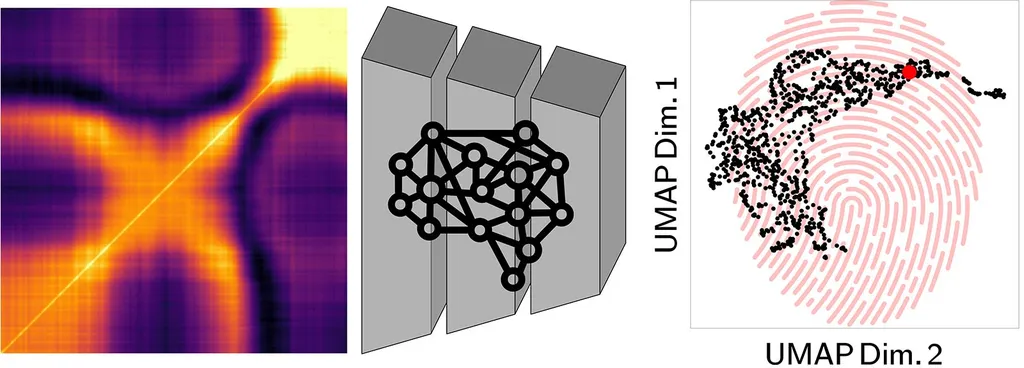In the realm of scientific research and engineering, two prominent figures, Chandrachur Bhattacharya and Sibendu Som from Argonne National Laboratory, have developed a novel system aimed at enhancing workflow efficiency and transparency. Their creation, dubbed AI Scientific Assistant Core (AISAC), is an integrated multi-agent system designed to streamline scientific and engineering processes.
AISAC is built upon established technologies, including LangGraph for orchestration, FAISS for vector search, and SQLite for persistence. The system integrates these technologies into a unified prototype that emphasizes transparency, provenance tracking, and scientific adaptability. The researchers have implemented a Router-Planner-Coordinator workflow within AISAC, with an optional Evaluator role. Each role is defined through custom system prompts that enforce structured JSON outputs. The system also employs a hybrid memory approach, combining FAISS and SQLite, to facilitate both semantic retrieval and structured conversation history.
One of the key features of AISAC is its incremental indexing strategy, which is based on file hashing. This strategy minimizes redundant re-embedding when scientific corpora evolve, ensuring that the system remains up-to-date with minimal computational overhead. Additionally, AISAC includes a configuration-driven project bootstrap layer, allowing research teams to customize tools, prompts, and data sources without modifying the core code. This flexibility makes AISAC adaptable to a wide range of research areas.
All agent decisions, tool invocations, and retrievals within AISAC are logged and visualized through a custom Gradio interface. This feature provides step-by-step transparency for each reasoning episode, enhancing the system’s accountability and usability. The researchers have demonstrated AISAC’s cross-domain applicability by applying it to multiple research areas at Argonne, including specialized deployments for waste-to-products research and energy process safety, as well as general-purpose scientific assistance.
For the energy sector, AISAC’s practical applications are manifold. The system can assist in optimizing energy processes, ensuring safety protocols, and converting waste materials into valuable products. Its ability to streamline workflows and provide transparent, traceable data can significantly enhance research and development efforts in the energy industry. Moreover, AISAC’s adaptability and customizability make it a versatile tool for various energy-related research areas.
The research was published in the journal Nature Communications, a reputable source for scientific and technological advancements. The development of AISAC represents a significant step forward in the integration of artificial intelligence into scientific and engineering workflows, offering enhanced efficiency, transparency, and adaptability.
This article is based on research available at arXiv.

